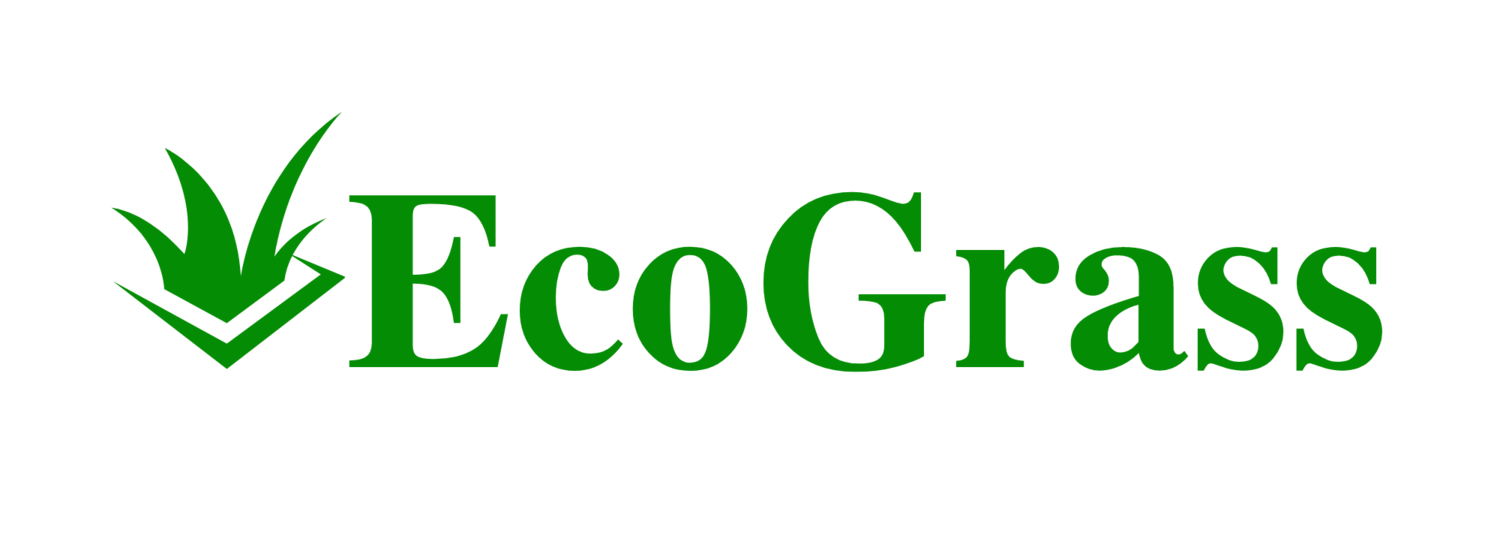Measuring your lawn accurately is essential for effective lawn care and landscaping. Whether you're planning to lay sod, apply fertilizer, or manage other lawn care treatments, knowing the exact square footage of your yard ensures you apply the correct amounts of products. This precision saves both time and money and helps maintain a healthy lawn.
Several online tools and apps can assist you in calculating your lawn's square footage using satellite maps. These tools often allow you to exclude areas like pools or gardens, providing a more precise measurement. Additionally, saving your lawn map can be useful for ongoing lawn management tasks.
Using these digital tools makes the process easy and efficient, eliminating the guesswork often associated with manual measurements. With accurate data in hand, you can confidently undertake your lawn care projects, ensuring your yard looks its best year-round.
Planning Your Measurement Strategy
Accurately planning the measurement of your lawn involves understanding its dimensions and selecting suitable tools to achieve precise results. Proper planning is essential for efficient lawn care and landscaping projects.
Understanding Lawn Dimensions
Knowing your lawn's dimensions is crucial. Start by identifying separate sections of your lawn such as the front yard, back yard, and side yard.
To determine the area, measure the length and width of each section. Multiply these dimensions to calculate the square footage.
For irregular shapes, divide the lawn into simpler geometric shapes, measure each part, and add up the areas.
Example:
| Section | Length (ft) | Width (ft) | Area (sq ft) |
|---|---|---|---|
| Front Yard | 40 | 30 | 1200 |
| Back Yard | 50 | 40 | 2000 |
| Side Yard | 20 | 10 | 200 |
| Total | 3400 |
Selecting the Right Tools
Choosing the correct tools can make your measurement task straightforward. A measuring tape is essential for smaller lawns. For larger areas, consider using a measuring wheel.
To enhance accuracy, online tools such as lawn size calculators can be very useful. These tools often use satellite imagery or Google Maps to help you map and measure your yard.
For precise digital measurements, some online applications offer free mapping tools where you can draw and calculate lawn dimensions directly from satellite images. This method reduces guesswork and increases measurement accuracy.
Make sure to record all measurements and calculate the total area to plan your lawn care tasks efficiently.
Executing the Measurement Process
Accurately measuring your lawn is crucial for determining the amount of materials like sod or seed needed. Understanding different techniques for both regularly and irregularly shaped lawns ensures precise calculations.
Measuring Regularly Shaped Lawns
To measure a regularly shaped lawn, such as a square or rectangle, you need just a measuring tape. Measure the length and width of the lawn in feet or meters. Use the formula:
Area = Length × Width
If your lawn is a perfect square or rectangle, this simple calculation will give you the area in square feet or meters. For example, a 20-foot by 30-foot lawn is:
20 ft × 30 ft = 600 square feet
This straightforward method offers an accurate measurement, essential for purchasing the right amount of grass seed or sod.
Tackling Irregularly Shaped Lawns
For irregular shapes, more detailed methods are required. One effective tool is a planimeter. Alternatively, you can use online satellite-based lawn measurement tools which can provide precise area calculations.
A practical manual method involves breaking the lawn into smaller, regular shapes like triangles and rectangles. Measure each segment's length and width, calculate the area for each, and then sum these areas to get the total lawn area. This approach ensures a detailed and accurate measurement even for complex shapes.
Calculating Lawn Area for Sod or Seed
After measuring the lawn, it's time to calculate the materials you need. For sod, you need to know the area in square feet. Divide the total area by the square footage covered by one pallet of sod. For example, if one pallet covers 450 square feet and your lawn is 900 square feet:
900 ÷ 450 = 2 pallets
For grass seed, check the seed label for the recommended coverage rate, often given in pounds per 1,000 square feet. If the rate is 5 pounds per 1,000 square feet for a 2,000 square foot lawn:
2,000 ÷ 1,000 × 5 = 10 pounds of seed
These calculations ensure you purchase the correct amount of materials, avoiding waste and ensuring proper coverage.

